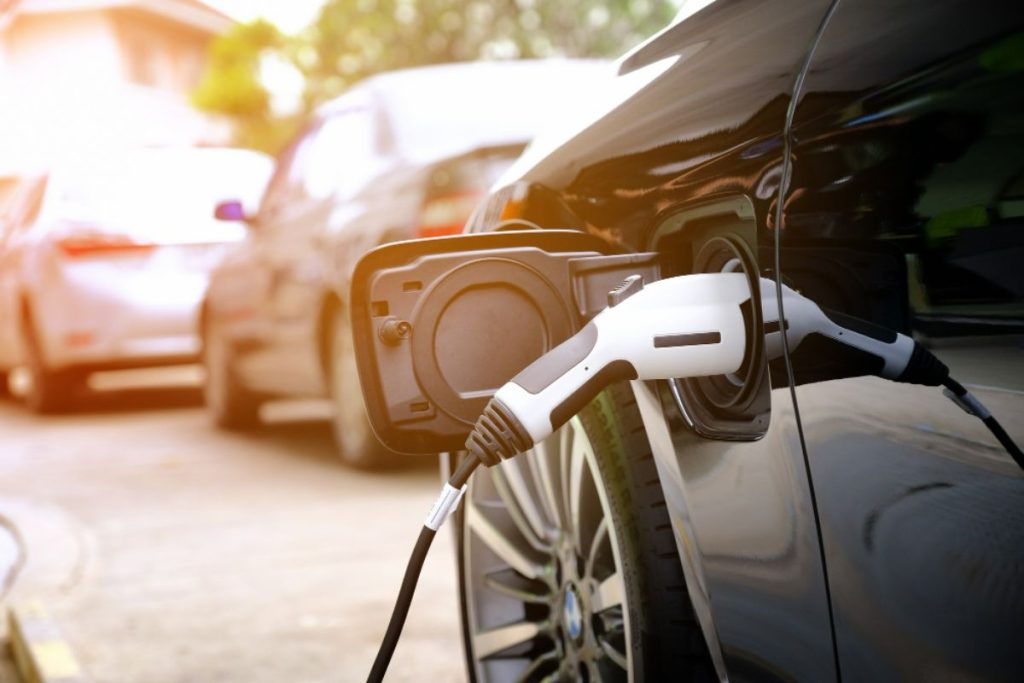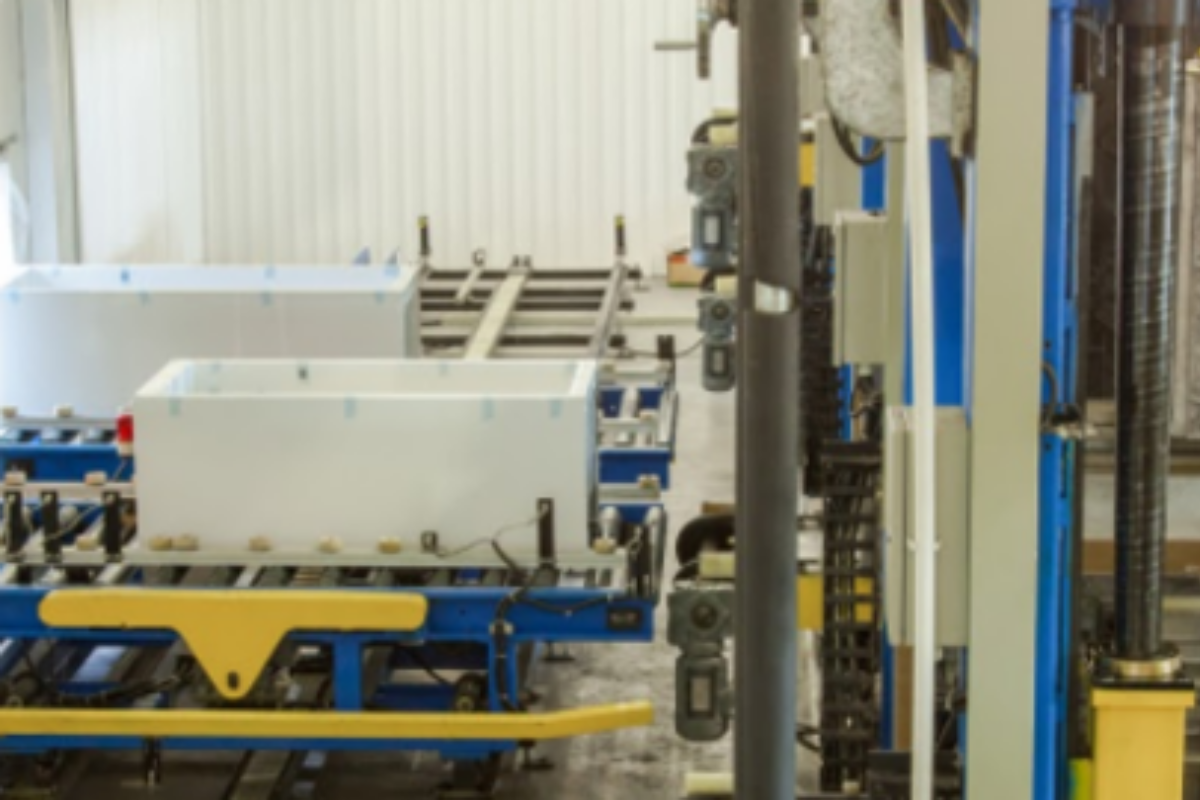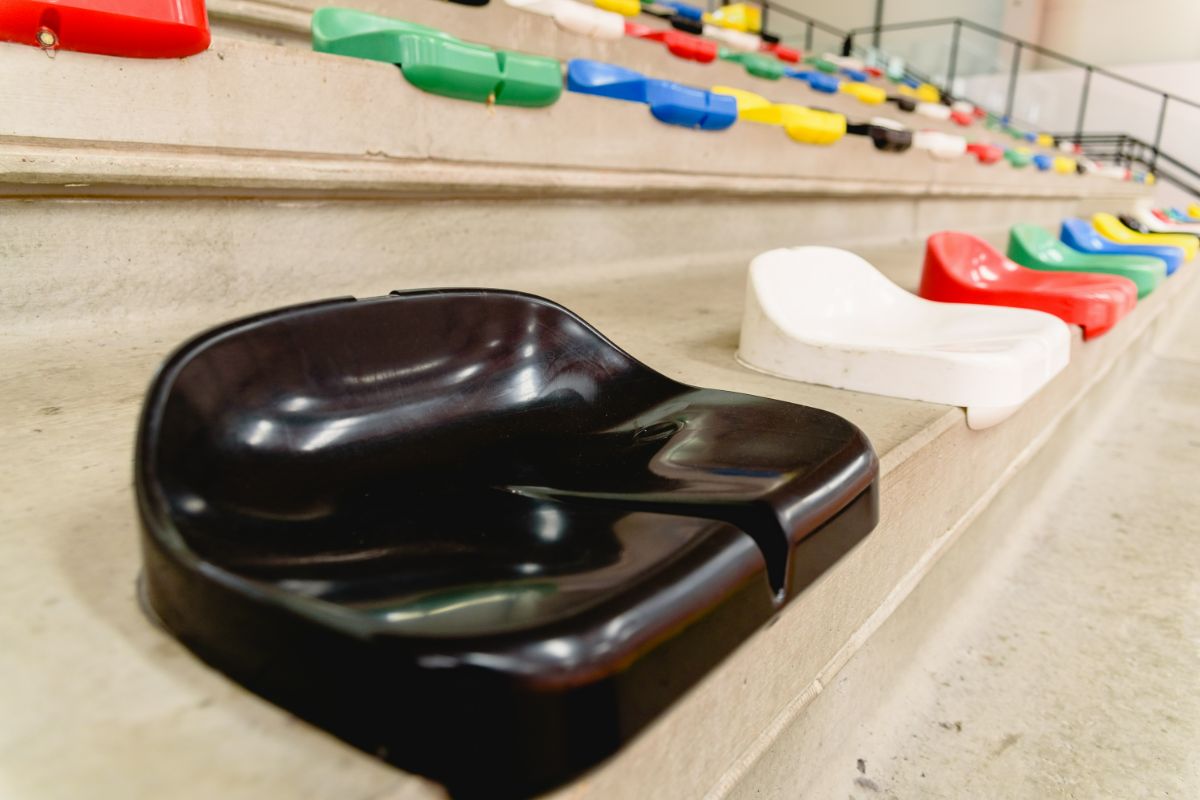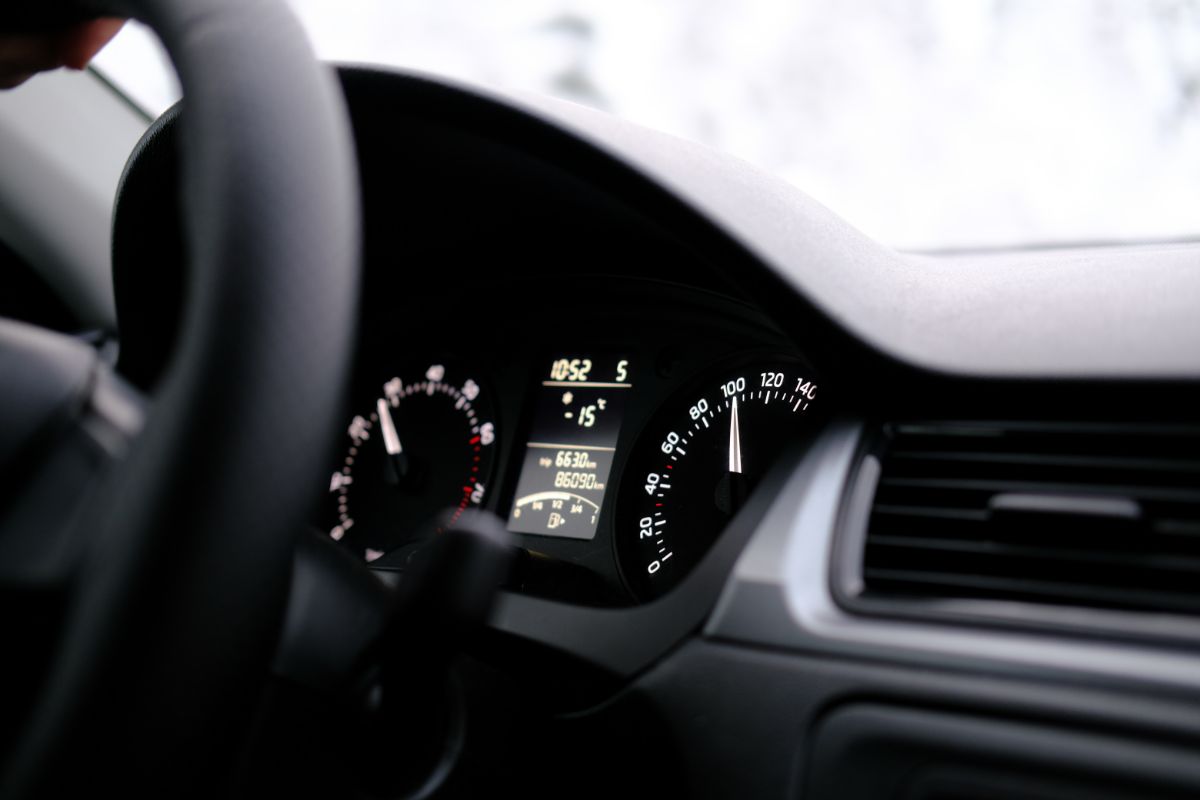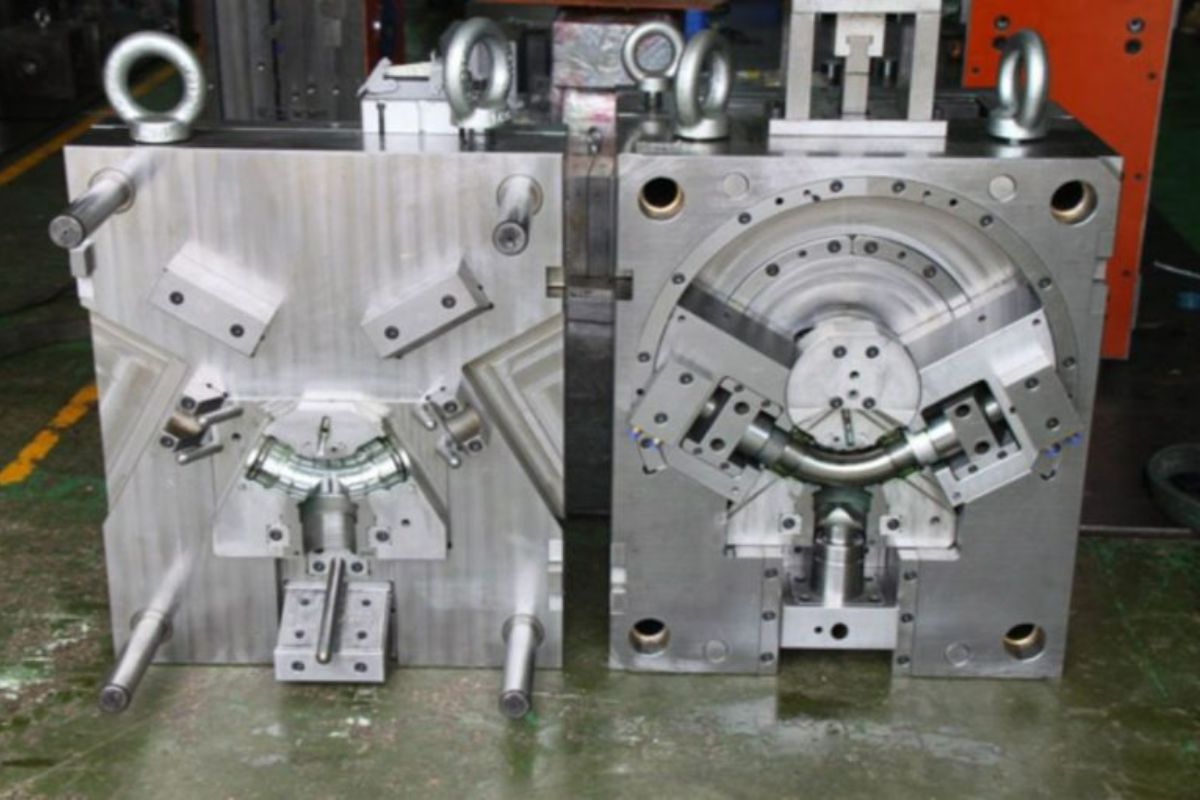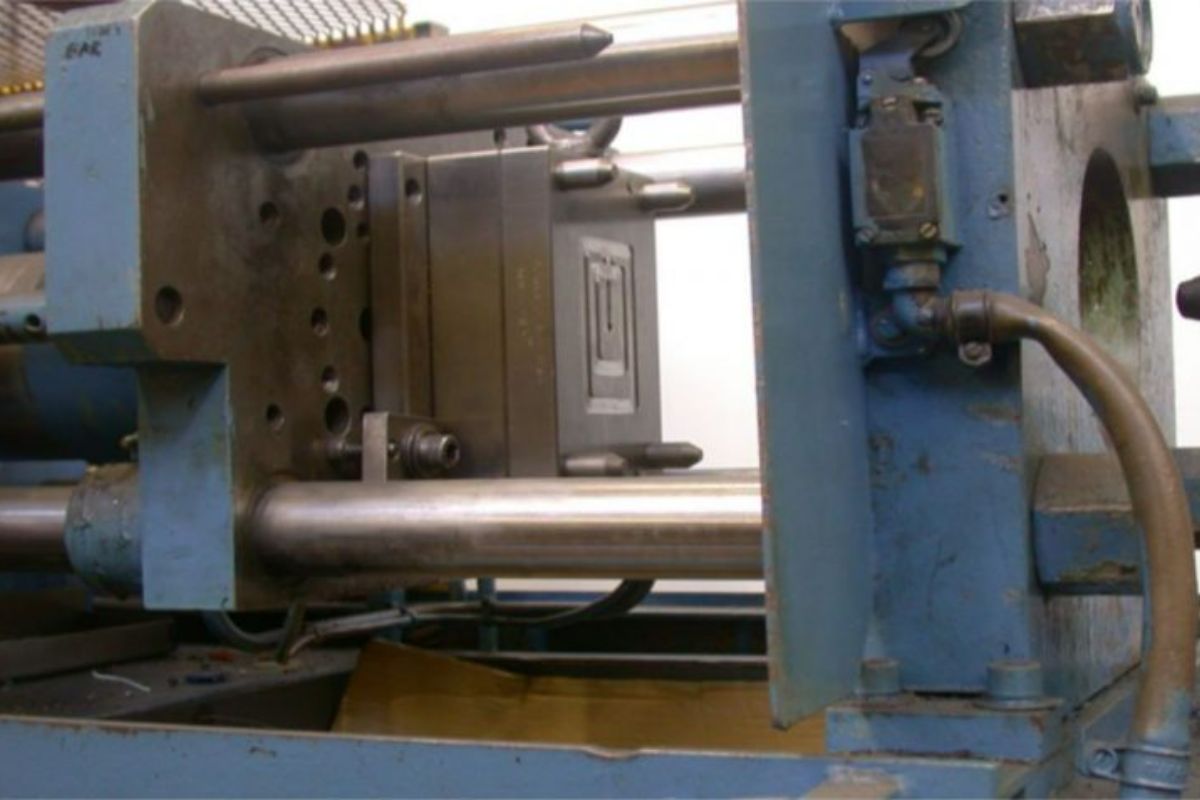Why should you use plastic molding for electric vehicles?
- Weight reduction
- Suitable characteristics
- Versatility engineering and design
- Lower cost
Overview
Plastic molding emerges as a good choice for electric vehicle manufacturers seeking efficient and sustainable solutions. The method offers weight reduction, suitable characteristics, versatility in terms of engineering and design, and affordability. As a result, electric vehicles are more accessible to consumers while contributing to a greener and more innovative automotive future.
Within the ever-changing realm of electric vehicles, manufacturers are confronted with crucial choices regarding production methods to meet the escalating demand for efficient and sustainable transportation solutions. Among the available manufacturing techniques, plastic injection molding emerges as a compelling option for the automotive industry, especially when it comes to electric vehicles.
This blog seeks to explore and answer the question: why should you use plastic molding for electric vehicles? By exploring the various advantages and innovative applications of plastic injection molding, we will uncover how this technique addresses the unique challenges posed by the EV sector, making it a driving force in the realm of sustainable mobility. Stay tuned to discover how plastic molding contributes to shaping the future of electric vehicles.
Weight Reduction
Utilizing plastic injection molding in electric vehicles offers an advantage in terms of weight savings. When compared to metal parts, plastic components are lighter. This is a critical consideration for electric vehicle manufacturers aiming to enhance the car’s range and overall efficiency.
Reducing the vehicle’s weight through the integration of plastic parts also leads to extended-range capabilities. For instance, electric vehicles can cover longer distances between charges, providing a more satisfying driving experience for owners.
Moreover, the process of metal-to-plastic conversions holds the potential to achieve weight reductions of up to 30% in vehicles. This is attainable through harnessing the capabilities of automotive plastic injection molding technology.
Suitable Characteristics
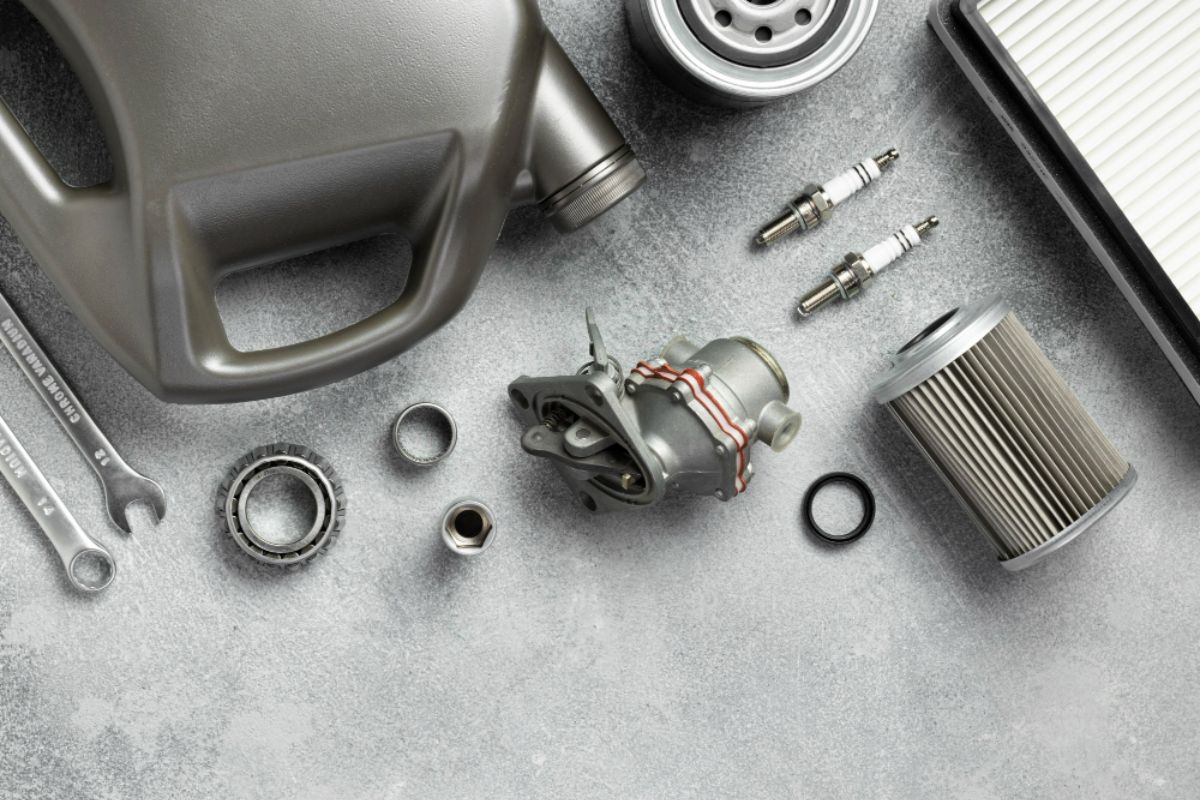
There exists a misconception among some companies that associate lower costs with a compromise in quality or performance when using plastic-molded parts in vehicles. However, this assumption does not hold. Through a meticulous selection of tools and high-quality thermoplastics, such as polypropylene, polyethylene, polycarbonate, and polyamide, they boast elevated tensile strength, heat resistance, flexibility, and impact resistance, plastic components can exhibit a level of reliability on par with their metal counterparts.
Consequently, many automotive manufacturers integrate plastic in various applications, encompassing battery housings, dashboard covers, and even certain external panels. These can facilitate the production of precise and superior-quality components for electric vehicles. This empowers manufacturers to produce parts that fulfill the automotive industry’s stringent requirements for aesthetic appeal, dependable performance, and overall safety.
Versatility Engineering and Design
Automotive manufacturers are incorporating plastic materials in the production of electric vehicles, owing to their exceptional flexibility in engineering and design. These plastics are skillfully molded into a diverse range of parts and components, both internal and external to the vehicle.
The escalating demand for electric vehicles has prompted them to progressively replace metal parts with plastic components, manufactured through injection molding. This strategic shift enables them to harness the advantages that plastic materials offer. As a result, the integration of plastic in electric vehicle manufacturing plays a crucial role in meeting the industry’s evolving requirements and enhancing overall performance.
Lower Cost
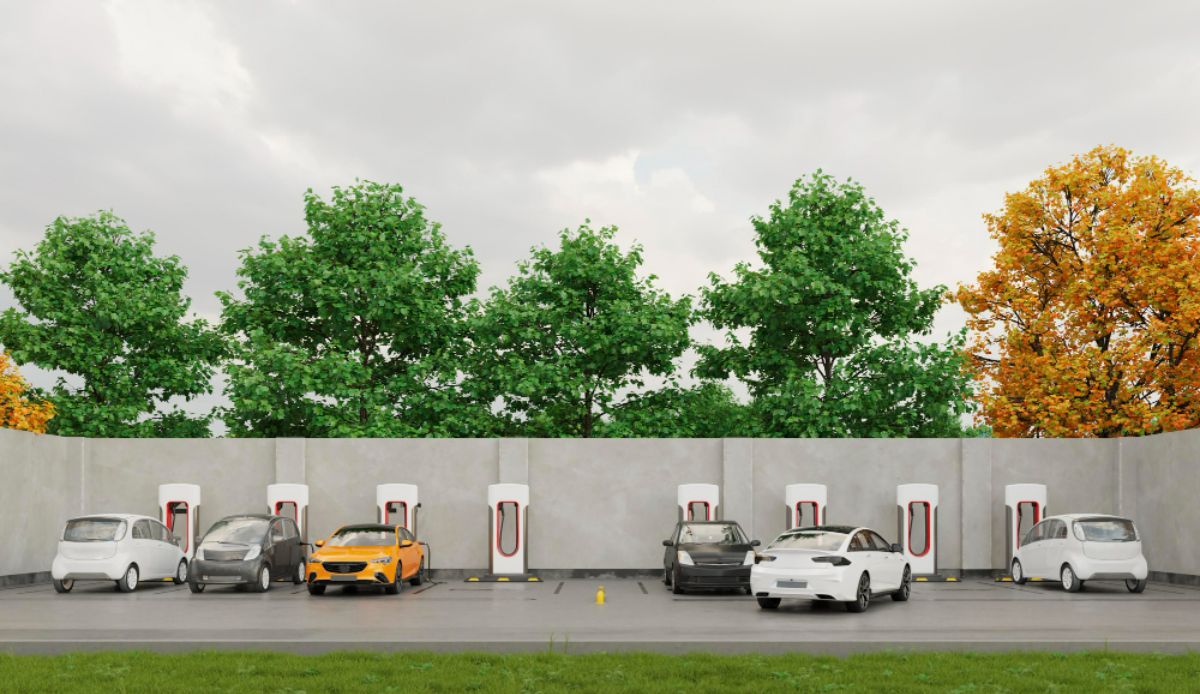
The drive to achieve lighter and more efficient vehicles holds numerous advantages. For instance, while traditional metal production methods can be costly and time-consuming due to extensive tooling requirements, collaborating with a specialized plastic injection company for automotive thermoplastics proves to be a strategic and beneficial choice.
As mentioned earlier, injection-molded plastic parts for electric vehicles offer a more cost-effective solution compared to their metal counterparts. Therefore, by replacing metal parts with high-quality plastic components, manufacturers can significantly reduce overall production costs.
This cost reduction not only enhances profit margins but also presents an opportunity for them to offer their vehicles at more competitive prices. Embracing plastic parts as a viable alternative allows electric vehicle companies to achieve substantial cost savings, ultimately fostering a positive impact on both the industry and consumers.
Key Takeaway
This article listed the different reasons why you should use plastic molding for electric vehicles. It offers a host of benefits that make it a highly attractive choice for manufacturers. By leveraging lightweight and high-performance thermoplastics, electric vehicle components can be produced with cost-effectiveness and design flexibility in mind. The resulting weight savings not only enhance the vehicle’s range and efficiency but also contribute to an eco-friendlier transportation solution.
Richfields Corporation is a molding company located in China, specializing in plastic injection services. We work closely with our clients to manufacture high-quality plastic products according to their specific requirements. Our dedicated team ensures timely delivery of the finished products to our clients’ preferred locations. If you have any inquiries about our services, please don’t hesitate to contact us here.
